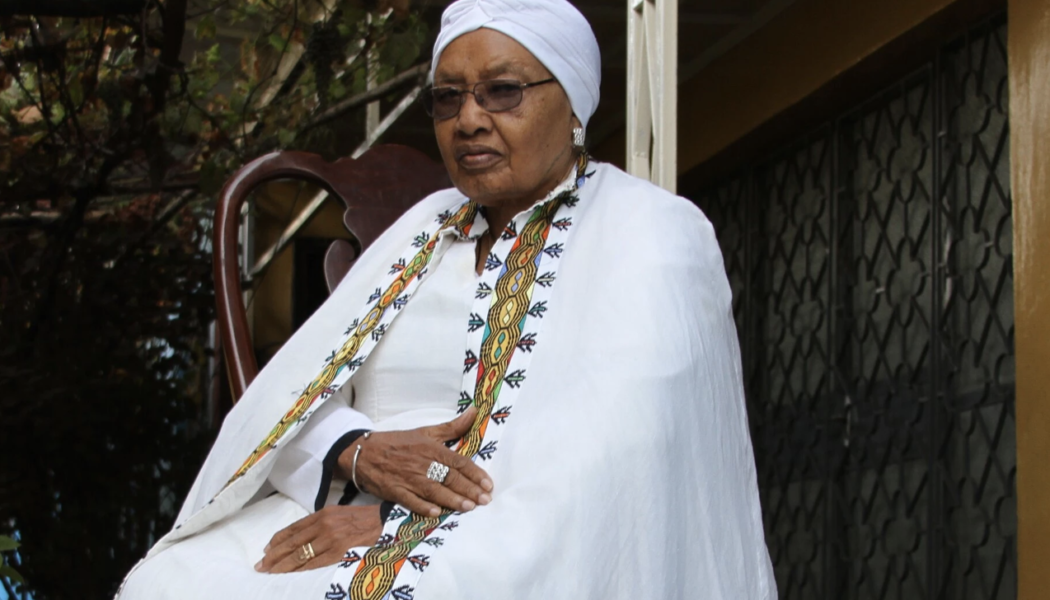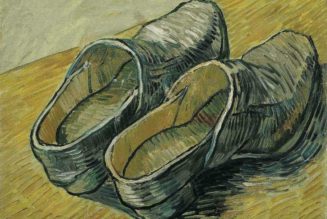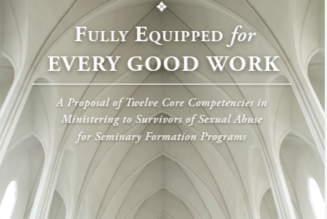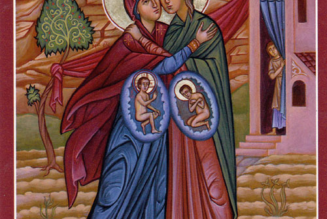
If you know anything about old-school journalism, then you have heard this mantra — “who, what, when, where, why and how.” During my nearly three decades as a journalism and mass media professor, I used to refer to these essential building blocks of hard-news reporting as the “W5H” formula.
Clearly, when you are dealing with the life story of a woman who sacrificed everything in order to help poor, suffering, abandoned children, the “why” factor in that equation is going to be especially important.
This brings us to two very different news reports about the death of one of modern Ethiopia’s most beloved figures, a woman who was frequently described as a living saint. Here is the New York Times headline: “Abebech Gobena, the ‘Mother Teresa’ of Africa, Dies at 85.” And here is the overture:
Abebech Gobena was returning from a pilgrimage to the holy site of Gishen Mariam, about 300 miles north of the Ethiopian capital, Addis Ababa, when she saw the woman and her baby.
It was 1980, and Ms. Gobena was passing through an area recently stricken by drought and an accompanying famine. All along the road were bodies — many dead, some dying, some still able to sit up and ask for food.
“There were so many of these hungry people sprawled all over, you could not even walk,” she said in a 2010 interview with CNN. She handed out what little she had — a loaf of bread, a few liters of water.
The word “holy” in the lede is rather important, since we are talking about Coptic Orthodox monastery of Gishen Mariam.
According to ancient traditions, Gishan Mariam is the location of a piece of the cross on which Jesus was crucified. It was a gift from St. Helena, the mother of Constantine I, and came to Ethiopia as a gift from the Patriarch of Alexandria. A festival called “Meskel,” celebrating the finding of the cross, is a major event in Ethiopian life.
So the story begins with Gobena returning from a pilgrimage to this holy site, which almost certainly tells us something about this woman’s life. This is interesting, since the Times piece does not include any of the following words — “Christian,” “Orthodox,” “Coptic,” “faith” or “saint.”
Would it make a difference, for example, to know that the small amount of water Gobena was carrying, which he gave to those who were suffering, was holy water that she was carrying home from the shrine to be used for rites of blessing and healing?
These sound like rather important details to me, especially if the story is going to fill in the details for “why” her remarkable life unfolded in the way that it did.
This brings us to the Washington Post story, which ran with this headline: “Abebech Gobena, Ethiopian humanitarian known as ‘Mother Teresa of Africa,’ dies at 85.” The overture of this fine piece — which is long, but essential — is quite different:
Abebech Gobena, who escaped a forced marriage as a child bride and became one of the most prominent humanitarians in her native Ethiopia, building an orphanage, schools, a hospital for women and children, vocational training centers and wells, among other works that earned her a reputation as the “Mother Teresa of Africa,” died July 4 at a hospital in the capital city of Addis Ababa. She was 85.
Her death, from covid-19, was confirmed by Yitbarek Tekalign, a spokesperson for Agohelma, the nonprofit organization she founded in 1980.
Located in the Horn of Africa, Ethiopia is the second-most-populous nation on the continent, after Nigeria, and one of the poorest countries in the world. It has suffered over the decades from drought, famine and war, including, in recent months, a civil conflict now spreading beyond the northern region of Tigray.
An observant Christian, Ms. Gobena undertook her humanitarian efforts more than 40 years ago after a pilgrimage to Gishen Mariam, a site in northern Ethiopia that contains what believers regard as a piece of the cross on which Jesus was crucified. At the time of her visit, the region was in the throes of famine, and Ms. Gobena, traveling from the capital, was profoundly affected by the suffering she witnessed.
A few lines later, readers are told:
Ms. Gobena distributed the bread and holy water she had brought with her and took the motherless child back to Addis Ababa. She soon returned to the region, where she encountered a desperate father.
“As we were going home we came upon five people, three of them dead, two alive,” she recalled. “One of the men dying by the side of the road said to me, ‘This is my child. She is dying. I am dying. Please save my child.’ ” Ms. Gobena took that child, too, back to her home. By the end of the year, according to an account of her life published by Jimma University in Ethiopia, she had taken in 21 orphans.
Everything changed, after that. Is it safe to say that her Coptic Christian faith — illustrated in both her actions and that life-changing pilgrimage to Gishan Mariam — had something to do with the “why” in this remarkable story?
If so, why not include that detail? Why leave that “religion ghost” out of the narrative? Or let me be more explicit: Why is the journalism motivation for leaving this remarkable woman’s faith out of a news feature about her life and the work that transformed it? Why would editors want to publish a story that omitted such crucial information?
Just asking. Again.
The Post story doesn’t include the Coptic Orthodox context of her life and the decisions that she made, some of which were controversial. But the story is — accurately — framed with references to why she did what she did.
Later, there is this quote:
“There was no self to her,” Tony P. Hall, a former Democratic congressman from Ohio and U.S. ambassador to the United Nations food agencies, said in an interview. Hall, who has worked extensively to alleviate famine in Ethiopia, described Ms. Gobena as having “the reputation of a saint.”
Hall is, of course, known as a bridge-builder in bipartisan efforts to fight for religious liberty and ecumenical ministries around the world. It was more than appropriate to interview him, while doing research for this story.
The primary voice of authority in the Times piece is a political leader with ties to the World Health Organization. That’s a valid source of information, of course, but that is only part of this woman’s story.
Just saying.
FIRST IMAGE: From The New York Times, a publicity photo from the Abebech Gobena Children’s Care and Development Association.
Join Our Telegram Group : Salvation & Prosperity








